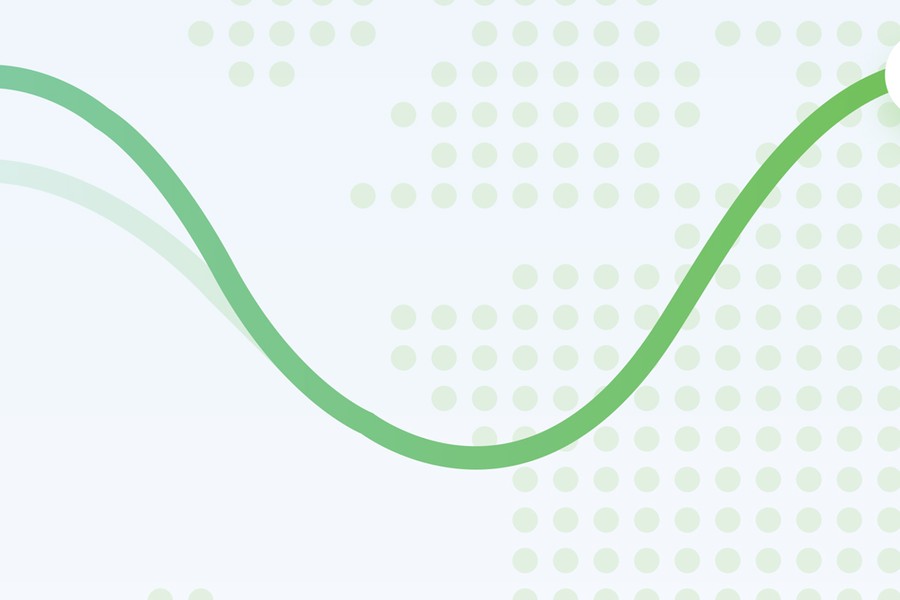I have, broadly speaking, two options as to how I might act on this view to make profit; find a friend that is willing to take the other side of my bet, called an over the counter (OTC) wager or to place my bet on an exchange and wait for an unknown party to agree to my terms. Clearly the benefits of placing my bet on an exchange are that an intermediary mitigates counterparty risk (the risk that my friend doesn’t pay up if and when Burnley do win), helps with price discovery (how would I know what the ‘right’ odds to offer my friend are without knowing what the current price in the market is?) and provides liquidity to a large number of participants (what if I can’t find a friend that’s willing to take my bet on this occasion?). The most obvious downside is that the exchange provider is likely to charge for that service.
Euronext are a pan-European stock exchange and around a third of their revenues come from providing just that service for listed equities across a number of geographies. The business operates a federal model with the Belgian, French, Dutch, Portuguese and now Irish stock exchanges run as part of one corporate entity. A small number of additional volume related revenues come from providing a similar service for derivatives and FX, then providing the clearing (actual transfer of money) and settlement (transfer of securities) post-trade across all asset classes.
That leaves around 45% of revenues (roughly equal to the cost base for the business as a whole) coming from non-volume related revenues such as market data and listing fees. Market data involves charging fees to end users (such as JM Finn) for data related mostly to previous trading activity. Whilst listing fees are paid by the listed entity and come from IPO charges, follow on fees from additional capital raised and annual fees based on the market cap of the business.
That model slightly differs from a number of other listed stock exchanges such as the London Stock Exchange and the Deutsche Boerse who have in recent times adapted their model to include a greater reliance upon these mostly recurring non-volume related revenues. The market clearly appreciates the greater visibility afforded in the revenue of Euronext’s peers; that’s why the LSE trade on a 24x price to earnings, Deutsche Boerse on 20x and Euronext on just 16x.
However one attribute that all of these businesses do possess are the high barriers to entry that come from the network effect of their dominant position as the number one stock exchange in each of their respective geographies. Euronext hold around a 60% share in their home markets, Deutsche Boerse 64% and the LSE 63%, and if we return back to some of the benefits of the exchange model, it becomes clear that it is very difficult for new entrants to enter the market under this dynamic and without scale.
The market clearly appreciates the greater visibility afforded in the revenue of Euronext’s peers.
Would it be possible to provide genuine price discovery with less than 10% of trades going through one’s exchange? It seems unlikely. How about market liquidity? Well if 60% of volume is already going through one venue, that is likely to be the best place for me to find liquidity so I will most likely choose to trade there. And what about counterparty risk? Well, whilst it is possible for an alternative exchange to provide this, who am I more likely to trust; the large incumbent who has, in most cases, been operating in the market for a number of years, or a new entrant who may be lesser known and as yet unproven?
The difference between a new entrant and the incumbent in most cases comes from the service on offer and the implicit, rather than the explicit costs.
Whilst the core business at Euronext generates impressive levels of cash, at good margins with exceptional returns on capital, management are seeking to utilise that cash as part of their acquisition strategy to drive top line growth and benefit from multiple expansion within the share price valuation as they increase the proportion of non-volume related revenue, similar to that of their peers.
To that extent management are looking for acquisitions that either diversify their revenue line, such as the recently acquired FastMatch – a technologically advanced FX trading platform - or move to consolidate European exchanges to further improve liquidity across the group, such as the recent acquisition of the Irish Stock Exchange.
Euronext can trace its roots back to the Amsterdam stock exchange which was first established more than 400 years ago and, as long as publicly listed equities remain the primary means of capital allocation amongst finite resources, we would expect the business to remain in operation for another 400 years or more.
The fate of the share price between now and then we think depends on management’s use of the cash generated from the core business and, for the near term at least, their ability to use their acquisition strategy to drive the business forward whilst volumes remain low and volatility remains muted.
James Godrich is a beneficial owner of Euronext.




